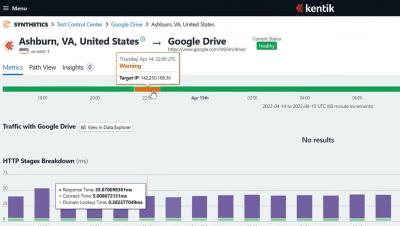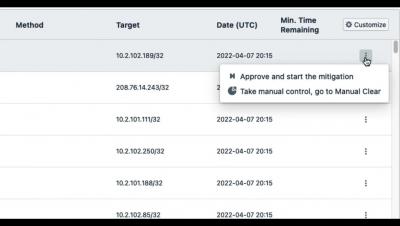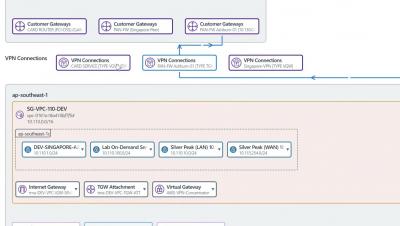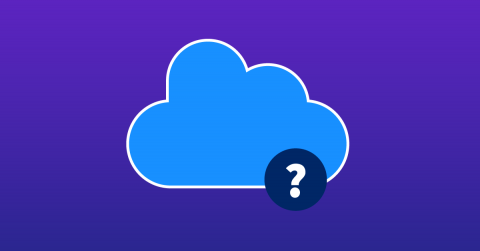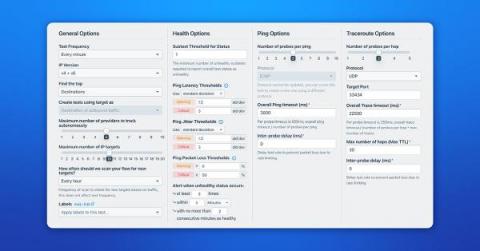Operations | Monitoring | ITSM | DevOps | Cloud
December 2022
Kentik DDoS Protection in 20 Seconds
Kentik Cloud in 20 Seconds
A Year in Internet Analysis: 2022
This past year was another busy one for the internet. In this blog post, I will highlight some of the top pieces of analysis that we published in the past 12 months. This analysis employs Kentik’s data, technology, and expertise to inform the industry and the public about issues involving the technical underpinnings of the global internet and how global events can impact connectivity. These posts are organized into two broad categories: major internet disruptions and BGP routing security.
Kubernetes and Cross-cloud Service Meshes
As today’s enterprises shift to the cloud, Kubernetes has emerged as the de facto platform for running containerized microservices. And while Kubernetes operates as a single cluster, enterprises inevitably run their applications on a complex, often confusing, architecture of multiple clusters deployed to a hybrid of multiple cloud providers and private data centers. This approach creates a lot of problems. How do your services find each other? How do they communicate securely?
Maximizing Application Performance: How to Extract Practical Data from Your Network
How many applications do you use that exist only on the computer in front of you? Two? One? None at all? I occasionally use two applications that live locally on my computer, but all the rest, including every application I use for personal and professional work, are delivered over the internet. That’s pretty much where we are these days, isn’t it?
Multi-cloud vs. hybrid cloud networks: What's the difference?
In today’s digital landscape, application demands such as scalability, performance, and reliability push many IT organizations toward cloud-based networks. Initially, cloud providers’ main offering was managed, virtualized data storage and services, or cloud computing. As cloud ecosystems have matured, so have the tools, services, and use cases available to their customers.
Peering? ...in this Economy?
Peering is great for quality and cost savings, but how do you ensure your network is up to the task? Capacity planning is a classic task that should be very familiar to network operators. Providing the right capacity at the right time is crucial to finding a balance between cost and quality in your network.


